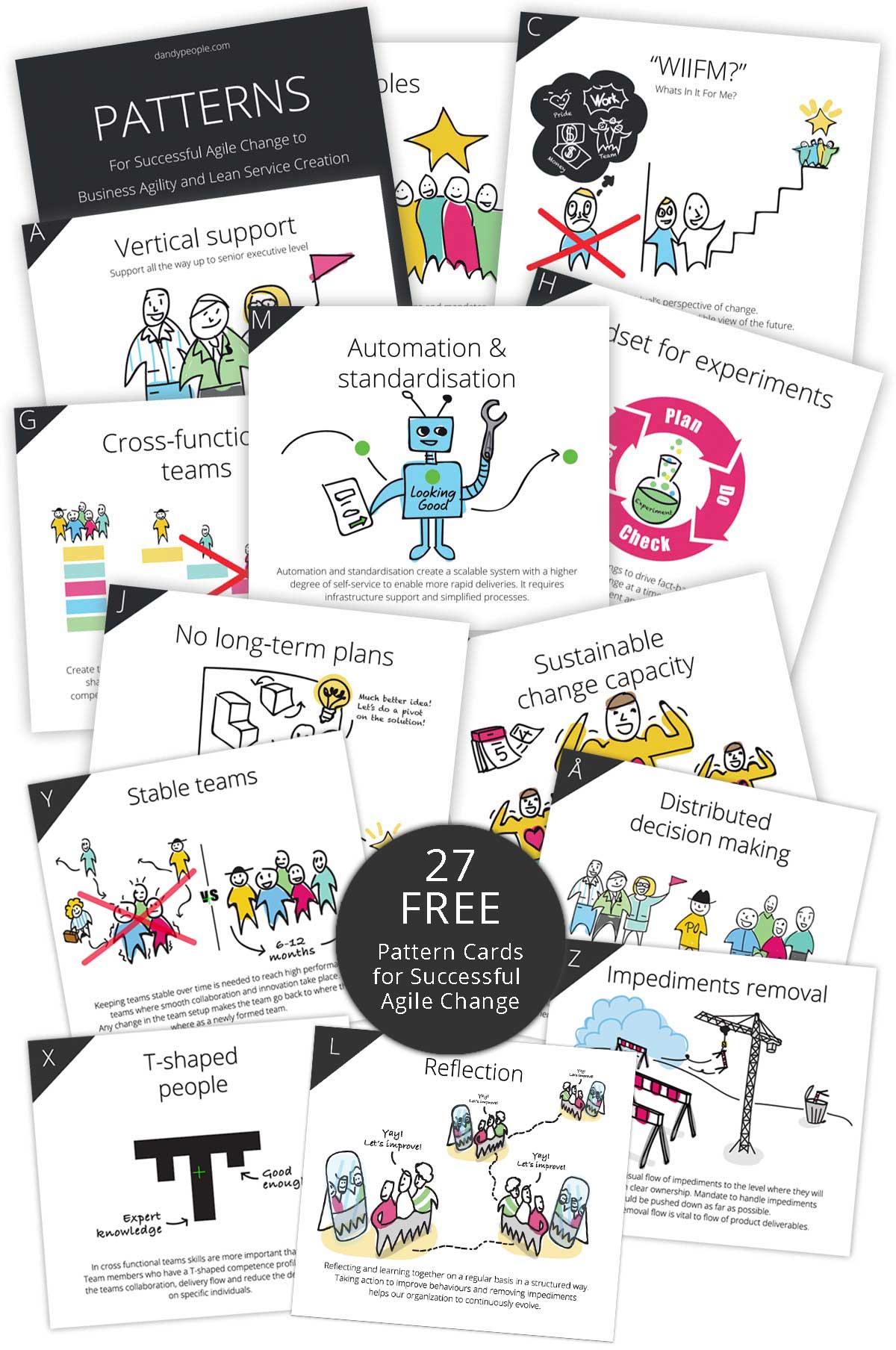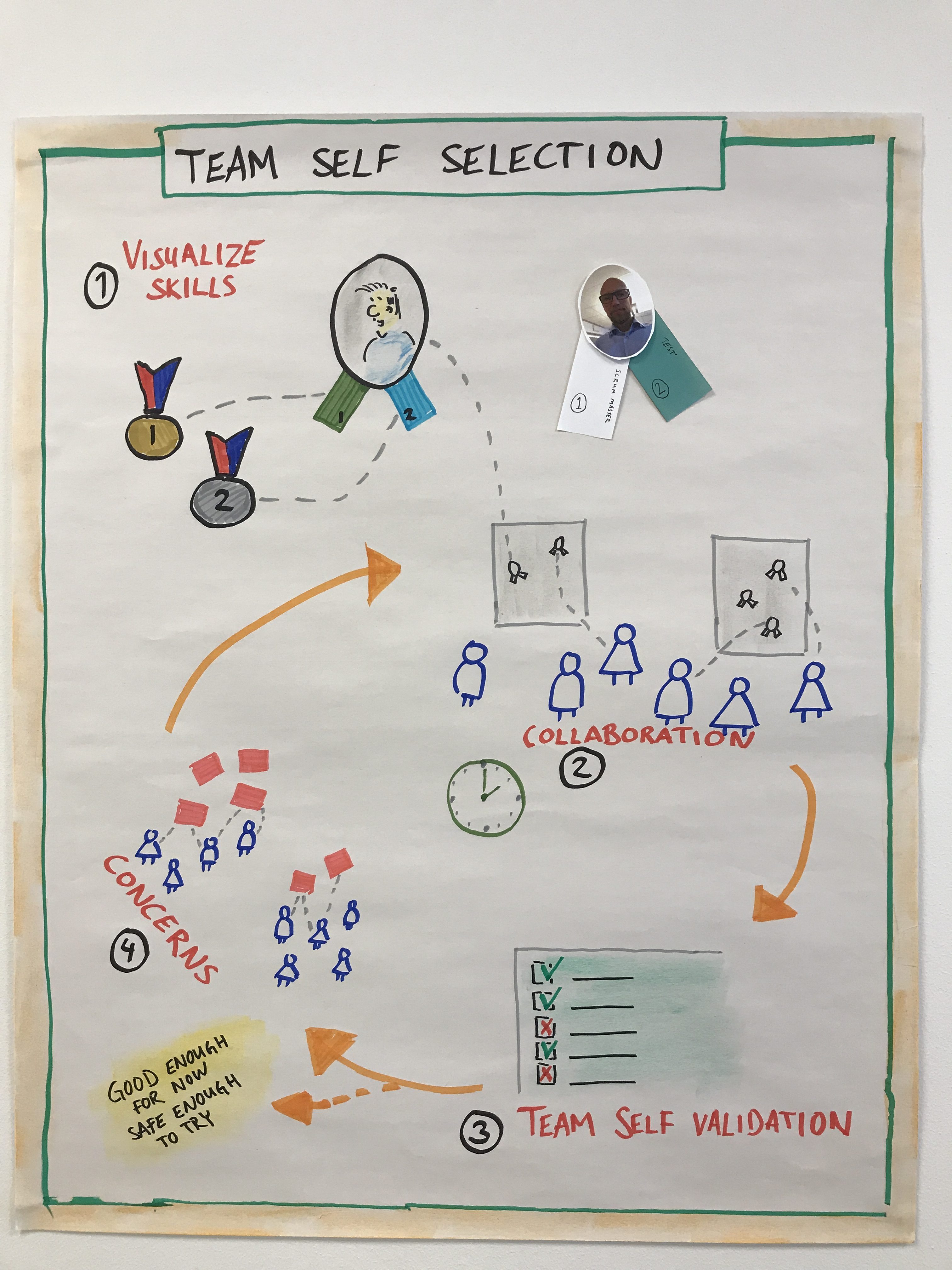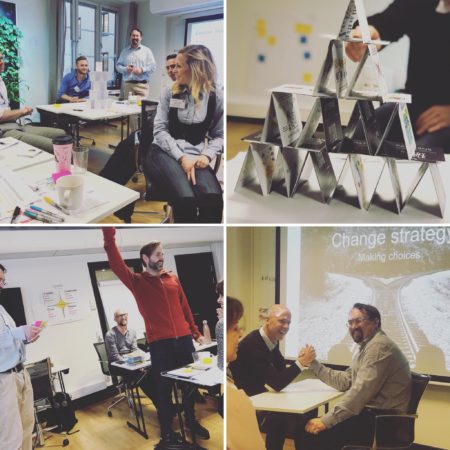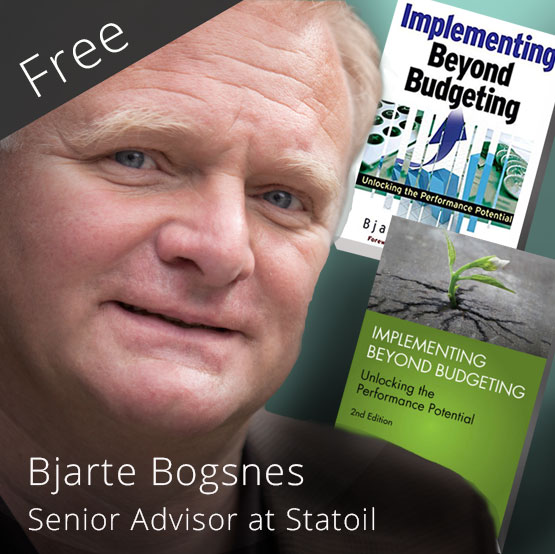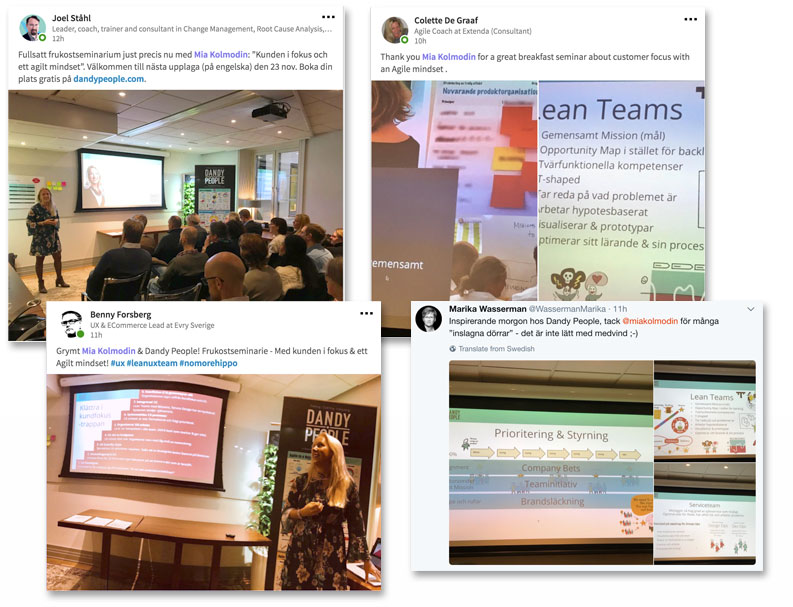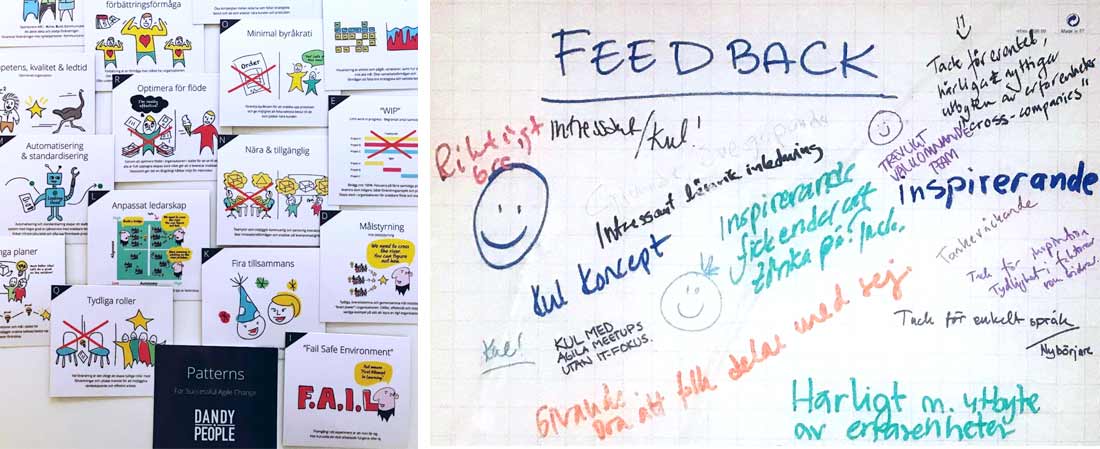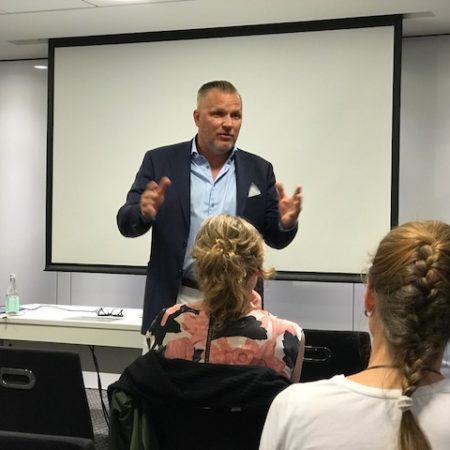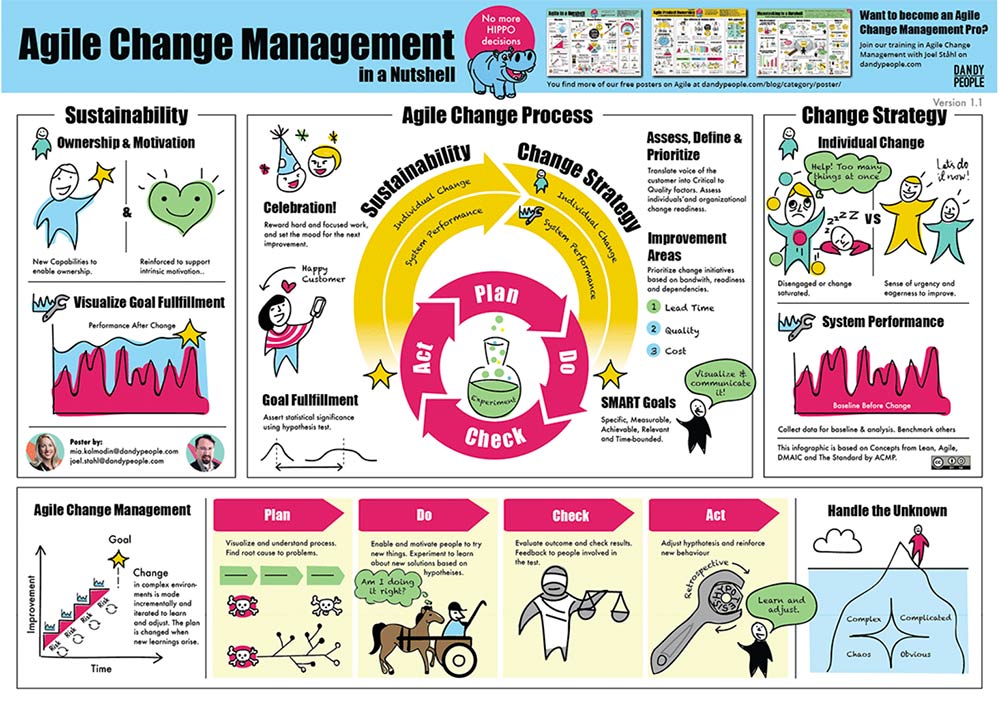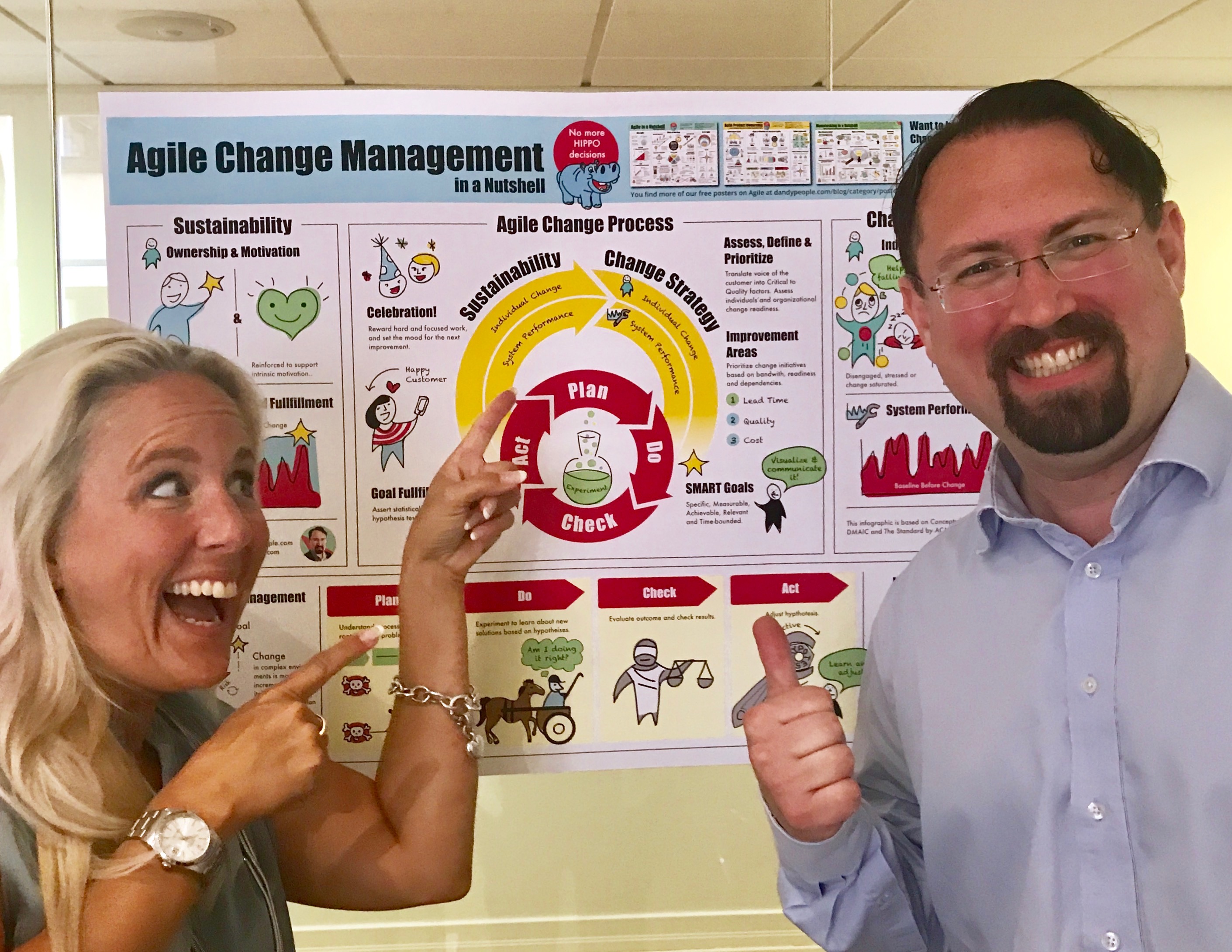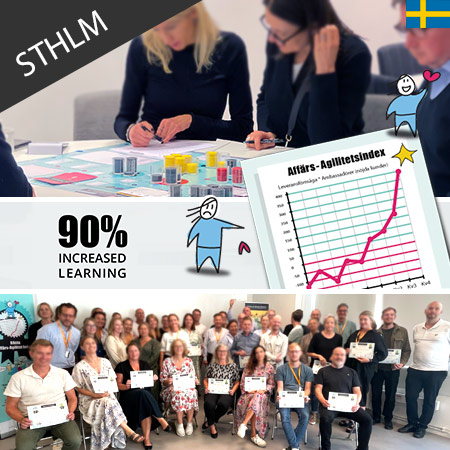
En strategisk ledningsplats är en plats som är visuell för alla i hela organisationen. En möjlig mötesplats för dialog där alla får möjlighet att se samma saker. Här finns visas såväl måenden som mönster samt vad som händer långsiktigt.
På en ledningsplats är det viktigt att ha rätt saker man mäter och följer upp. Vi brukar dela upp dem i följande delar:
- Människor och coachning
- Team mission och teman
- Produkt och teknologi

Människor och coachning
I frågor och ämnen kring människor och coachning så finns det några särskilt viktiga parametrar att mäta:
Teamhälsa
När det gäller teamhälsa går det att mäta en mängd olika saker och grunden är att team mäter sig själva för att förbättra sig. Det kan t ex handla om:
- Hur väl man törs vara sig själv
- Om man har integritet att följa överenskommelser man ingått – även under press
- Hur väl man känner att man kan lita på sina teammedlemmar
- Om man förstår sitt syfte som team och hur man bidrar till helheten
- Om man mäter och förstår påverkan på det man levererar
- Finns det en autonomi i teamet
- Arbetar man gemensamt mot gemensamma mål
- Om man arbetar mot och mäter att man blir bättre (fattar inte denna…)
- Upplever man sig som beslutsföra och kan komma vidare i arbetet
- Är takten och tempot i arbetet hållbar
- Ger man varandra feedback och hur upplevs det, samt
- Hur man på hela taget mår i teamet.
Kompetens
Kompetens är viktigt att ha koll på. Har man överkapacitet av en kompetens i företaget och brist på någon annan? Att ha kompetens för att utföra det man måste är avgörande för att hålla ett högt flöde.
Team mission och teman
Team mission
Team missions är viktiga för autonomitet hos teamen och för att skapa tydlighet och riktning mot var man vill röra sig. Självklart vill man även se om man är på väg i rätt riktning genom att kontinuerligt mäta mot dem med hjälp av KPI:er, beskriva resultat som nåtts och visa nya möjligheter.
Teman
För att göra det tydligt för alla i organisationen vad som pågår och vad som ligger härnäst i närtid är det klokt att visualisera pågående och kommande teman. Här sätter vi också upp datum för delmål och lanseringar.
- Tema ska hjälpa till att sätta fokus och skapa inriktning för hela organisationen.
- Teman kan med fördel uttryckas som OKRs (Objective and Key Results)
- Ett Tema kan resultera i ett antal samordnade aktiviteter och/eller fristående team-aktiviteter
- Ett Tema täcker inte all utveckling som görs i organisationen utan ger riktningen dit alla måste sträva
Om man har för många teaman skapar man inget flöde. Så begränsa dem så går det fortare att lansera dem.

Flödesparametrar
Det finns många olika flödesparametrar att ha koll på i en organisation. Det kan ex vis vara:
– Antal team i en leverans
Det blir ofta många team om man till stor del har komponentteam i sin organisation. Komponentteam bidrar inte till ett högt flöde. Då bör man överväga att skapa tex produktteam istället för att få ett bättre flöde och en bättre helhetssyn över produkten och färre prioriteringskrockar.
– Antal pågående teman
En annan viktig sak att ha på sin ledningsplats är antal pågående teman. Har man många teman samtidigt blir initiativen sällan klara eftersom det ofta leder till mycket multitasking, som försenar leveranser.
– Buggar i produktionen
Buggar i produktionen är en annan sak som skapar lågt flöde. Fixar man inte dem kommer flödet att förbli lågt och den tekniska skulden bara öka. För att kunna bygga vidare iterativt på något så måste man hålla hög kvalitet eftersom man alltid kommer tillbaka (vad kommer man tillbaka till???)
– Ide´ till leverans
Ledtider från ide´ till leverans visar på hur väl flödet fungerar. Tar det lång tid har man troligen flaskhalsar i sitt flöde som bildar köer i systemet, som i sin tur ofta skapar multitasking och variationer i flödet. Och detta leder i sin tur till längre ledtider.
Du kan läsa mer om detta i denna blogpost: https://dandypeople.com/blog/5-vanliga-antimonster-som-forsenar-dina-leveranser-gratis-canvas/
Hinderbacklogen
Antal items i hinderbacklogen visar också på om man håller ett bra flöde eller inte. Prioriterar man inte att hantera hinderbacklogen som består av hinder för att kunna leverera så kommer teamen inte att kunna hålla ett högt flöde.
Ledningsteamets backlog
Ledningsteamet har saker att göra som påverkar flödet. Det kan t ex vara att:
- Hantera strukturer som är hindrande,
- Tydliggöra företagsvisionen
- Justera den operativa modellen så att saker hänger ihop,
- Förändra finansieringsformer etc.
- Hur ser nästa 12 veckors plan ut för ledningsteamet, vad är prio då?

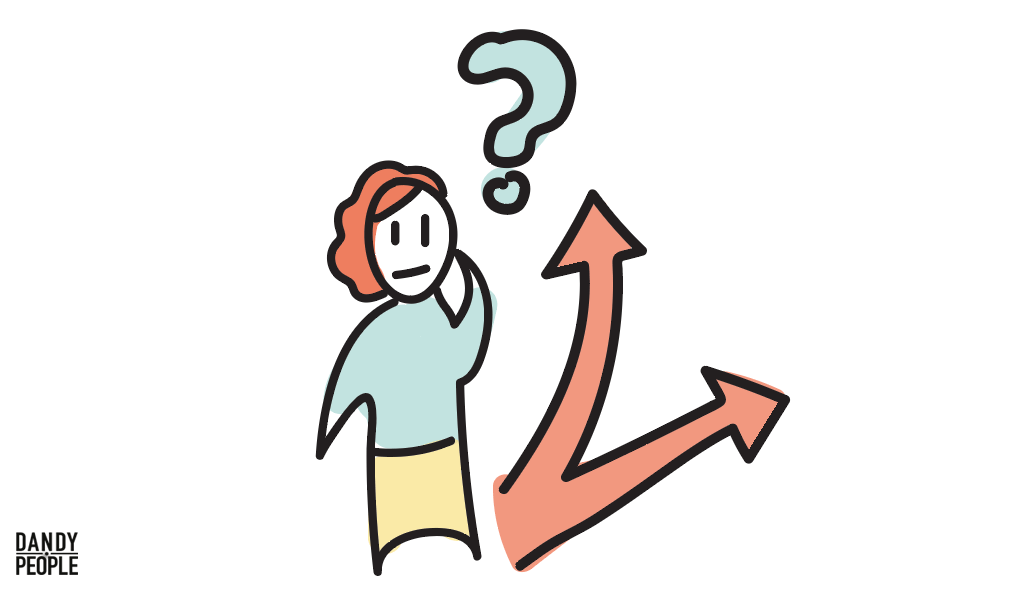
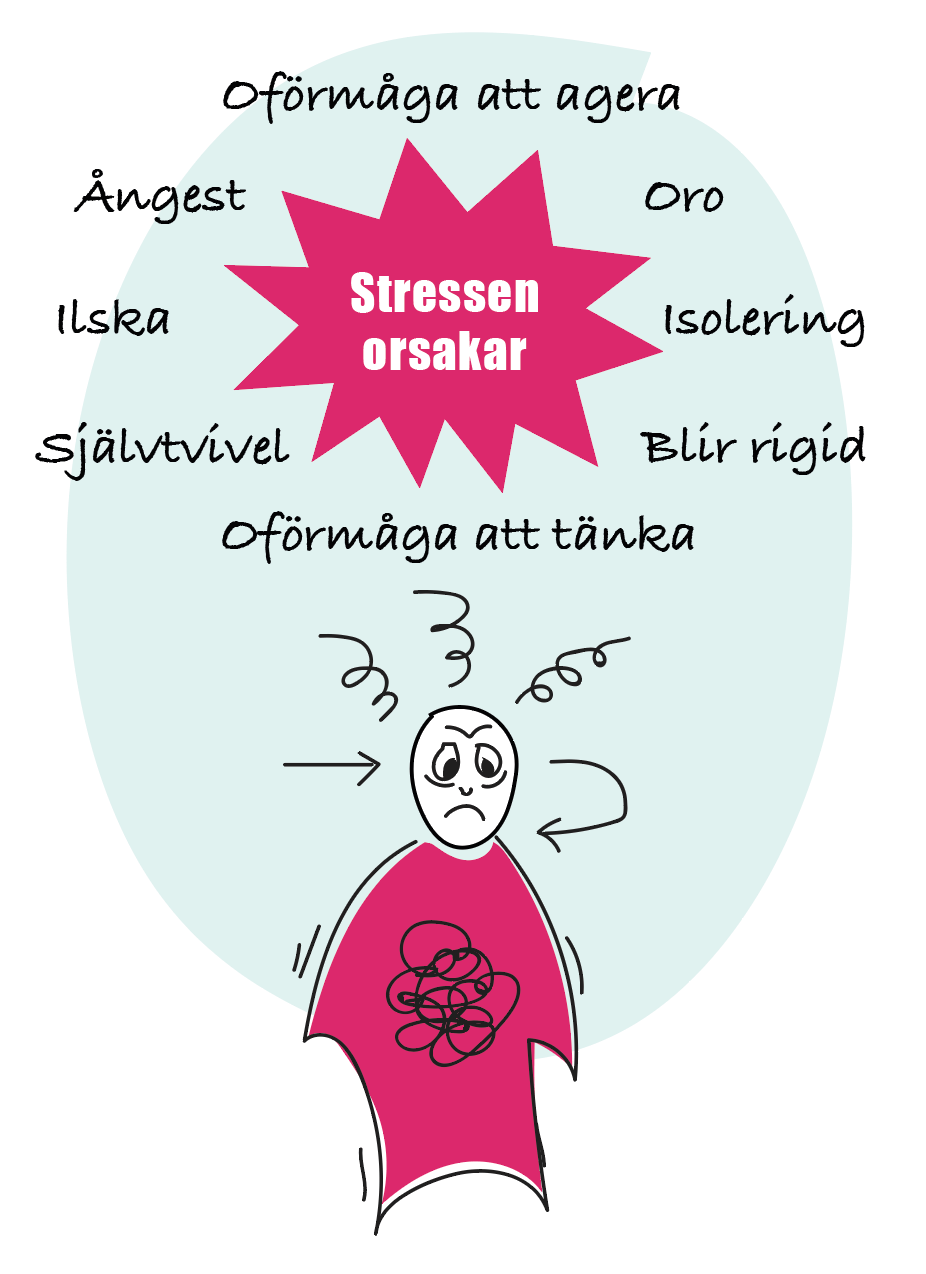

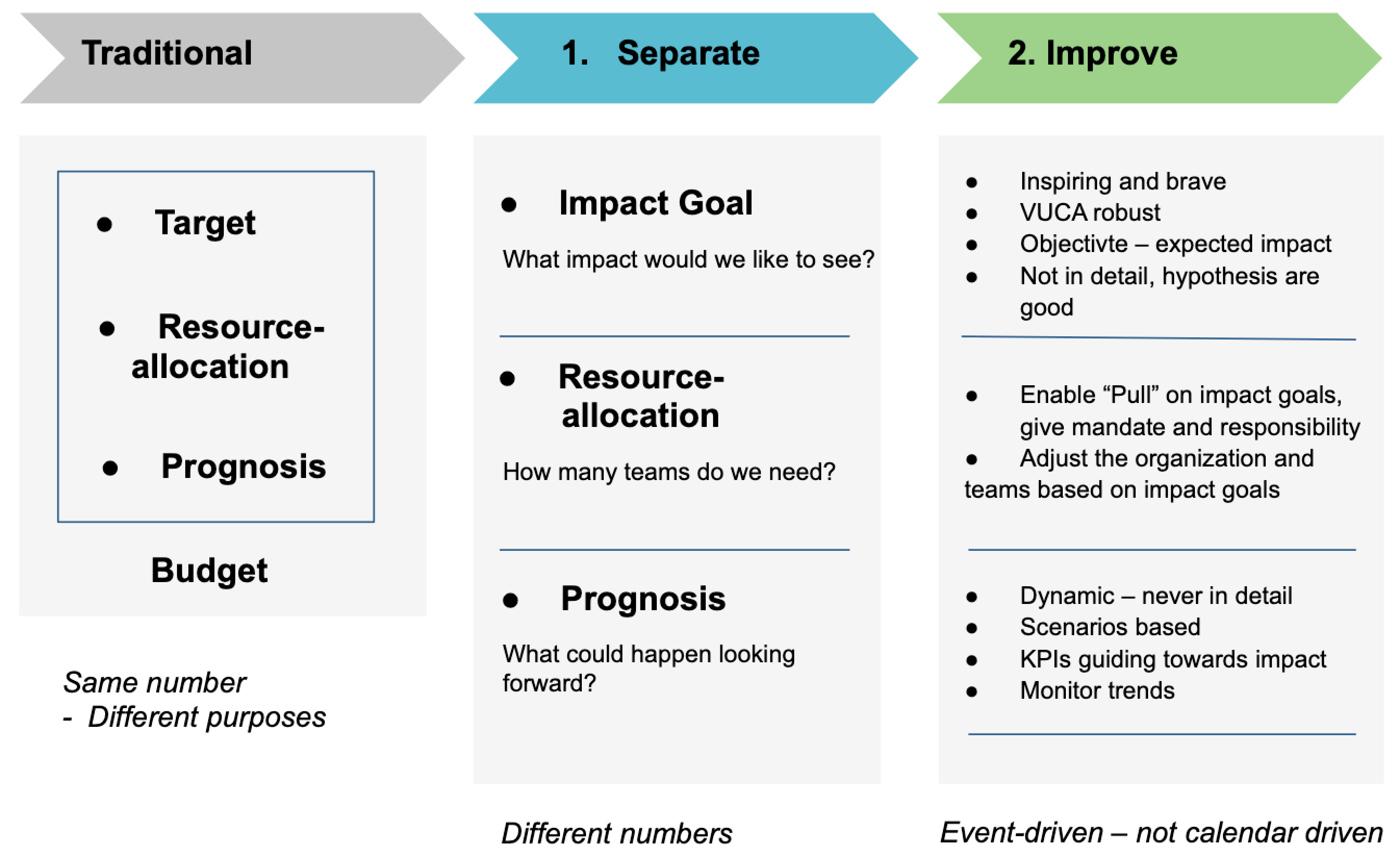
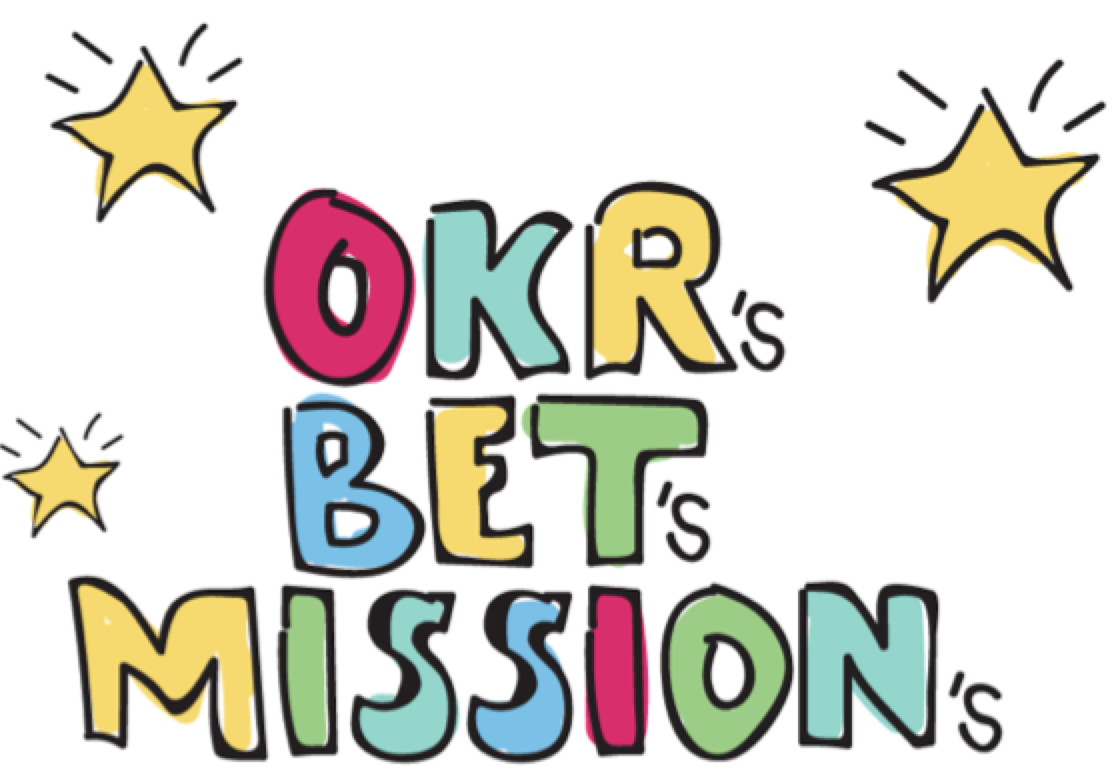
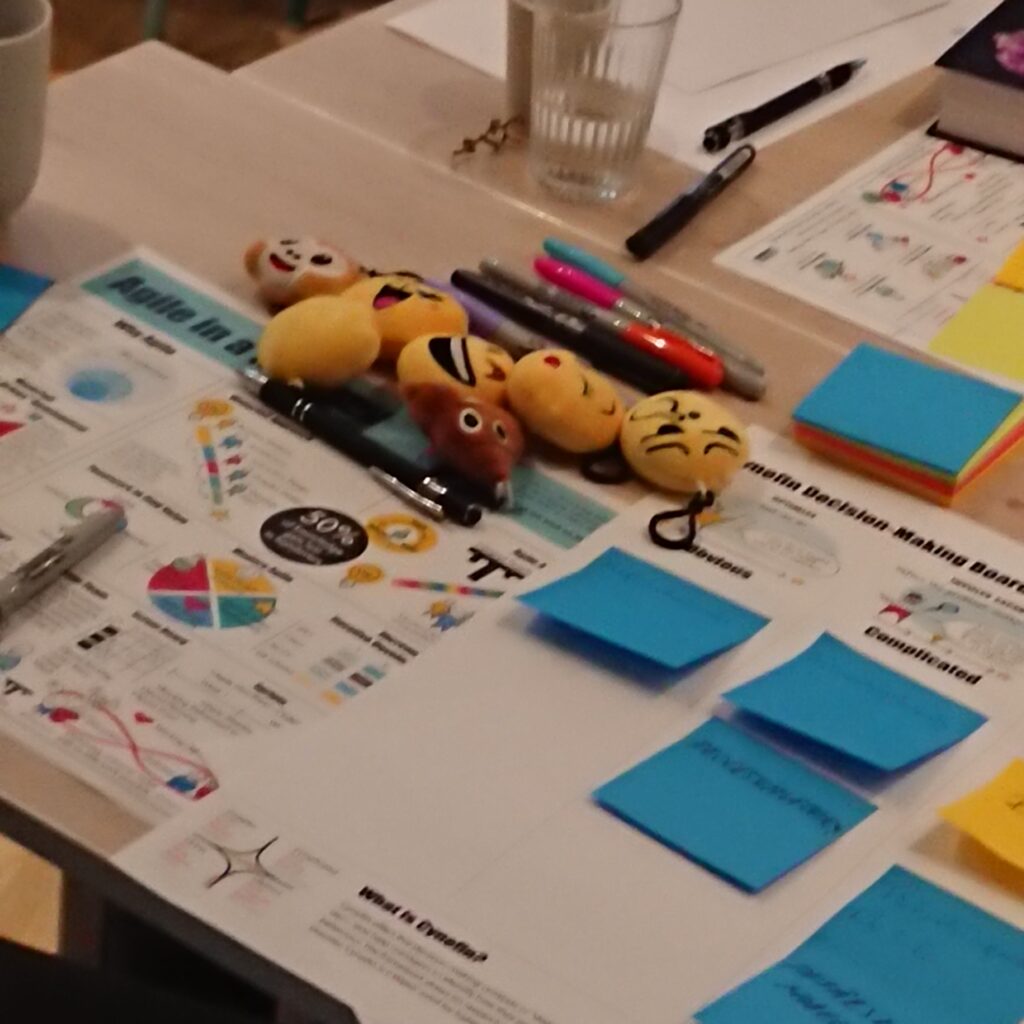

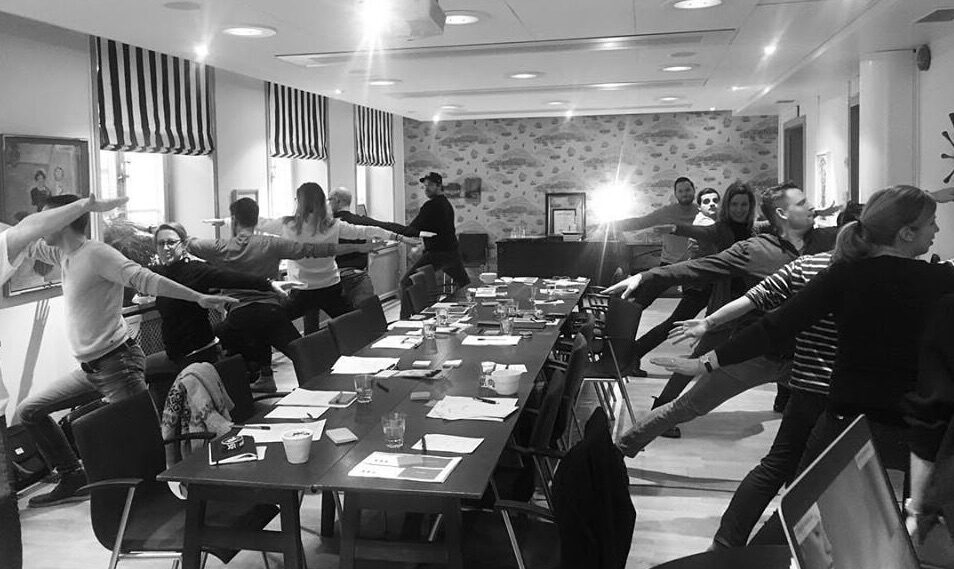
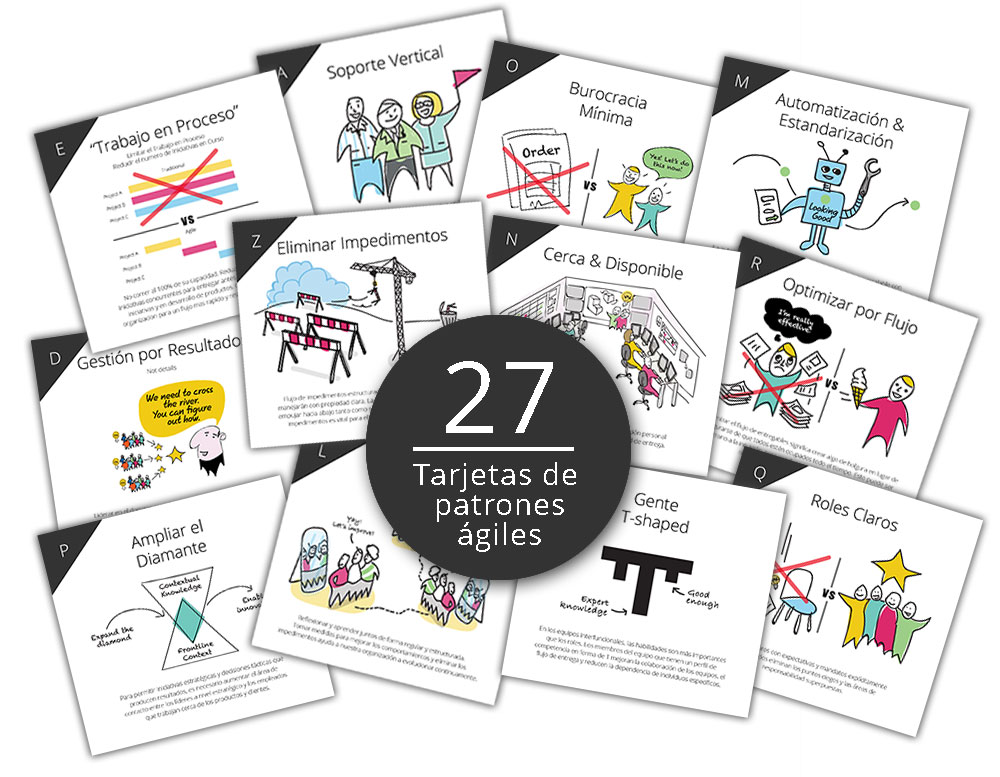
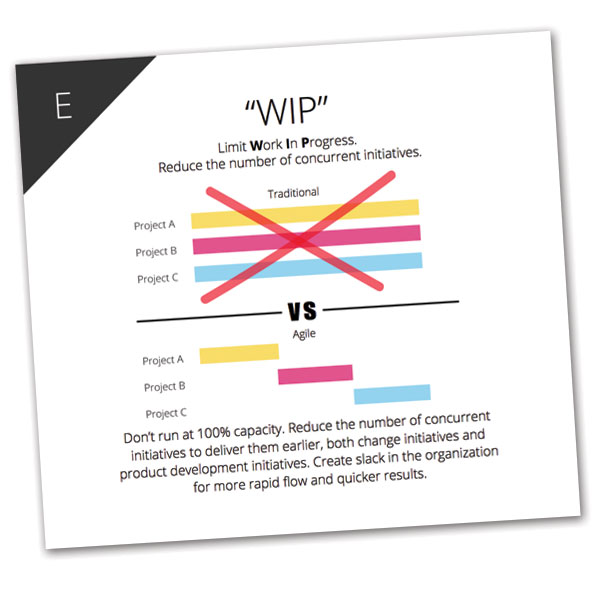
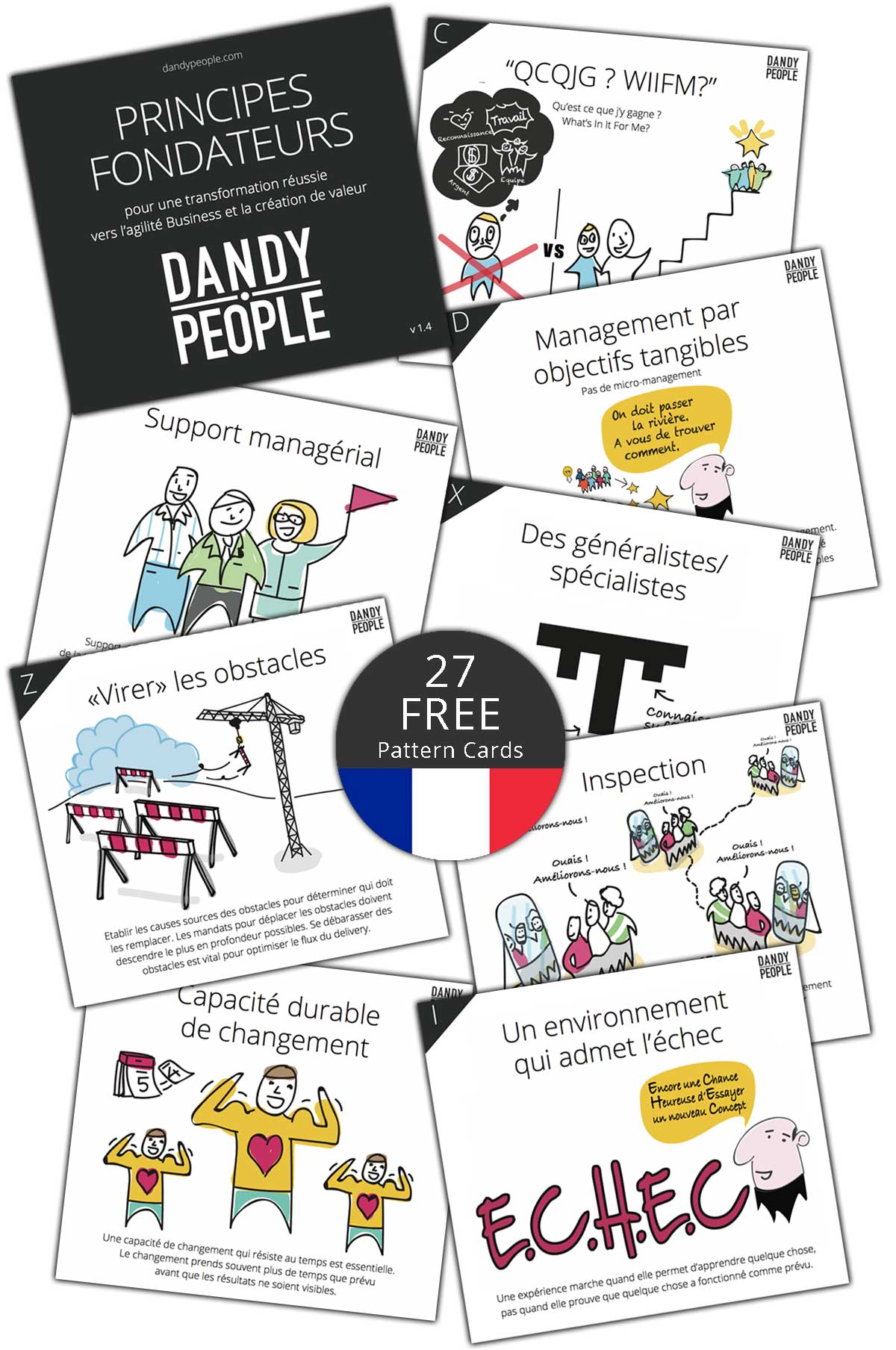
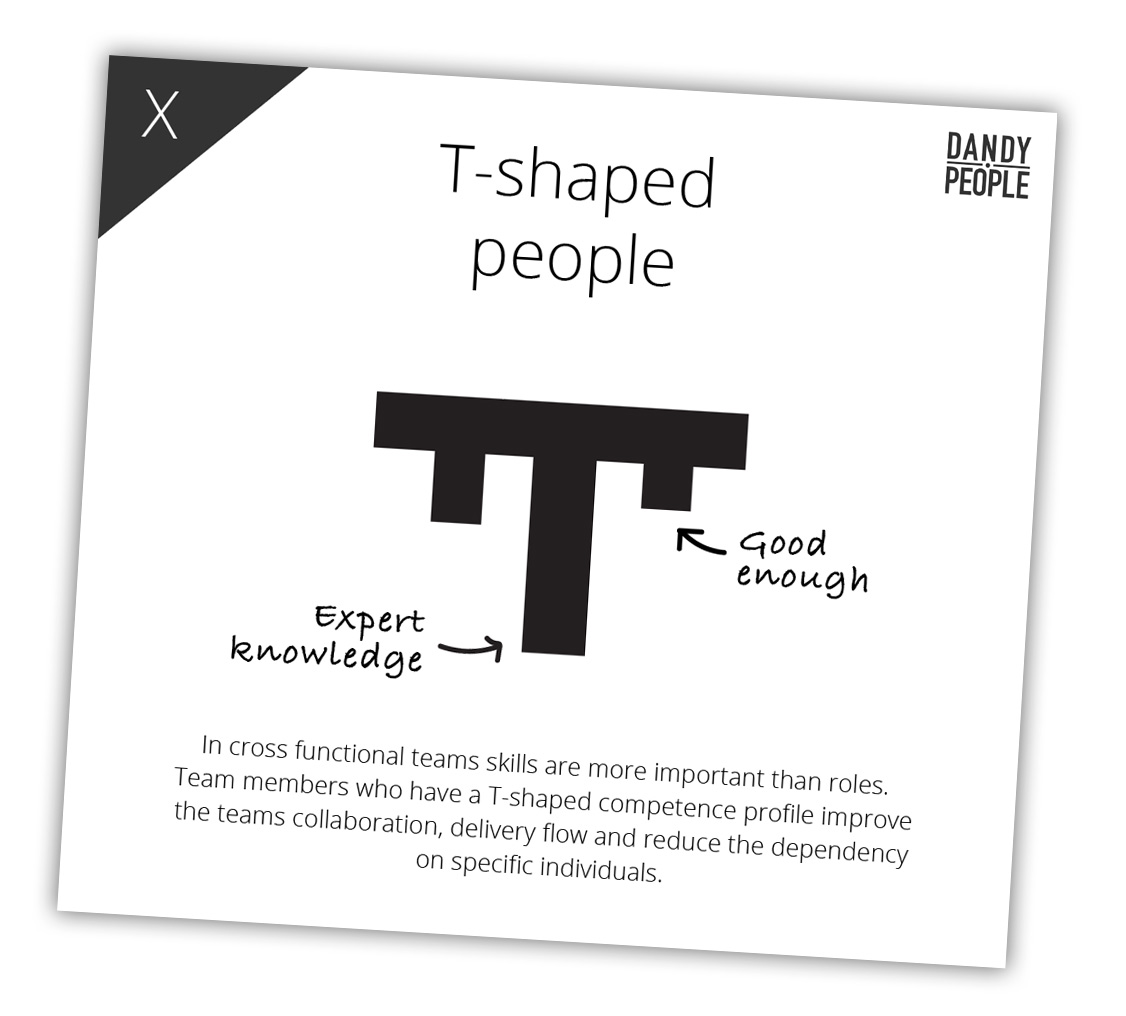 T-shape is about growing skills in people that might not be in within their core expert competence area. When coaching leaders, teams and organizations we’ve noticed that building T-shape is often a game changer that makes a big impact – but it might sometimes be more tricky than you think.
T-shape is about growing skills in people that might not be in within their core expert competence area. When coaching leaders, teams and organizations we’ve noticed that building T-shape is often a game changer that makes a big impact – but it might sometimes be more tricky than you think.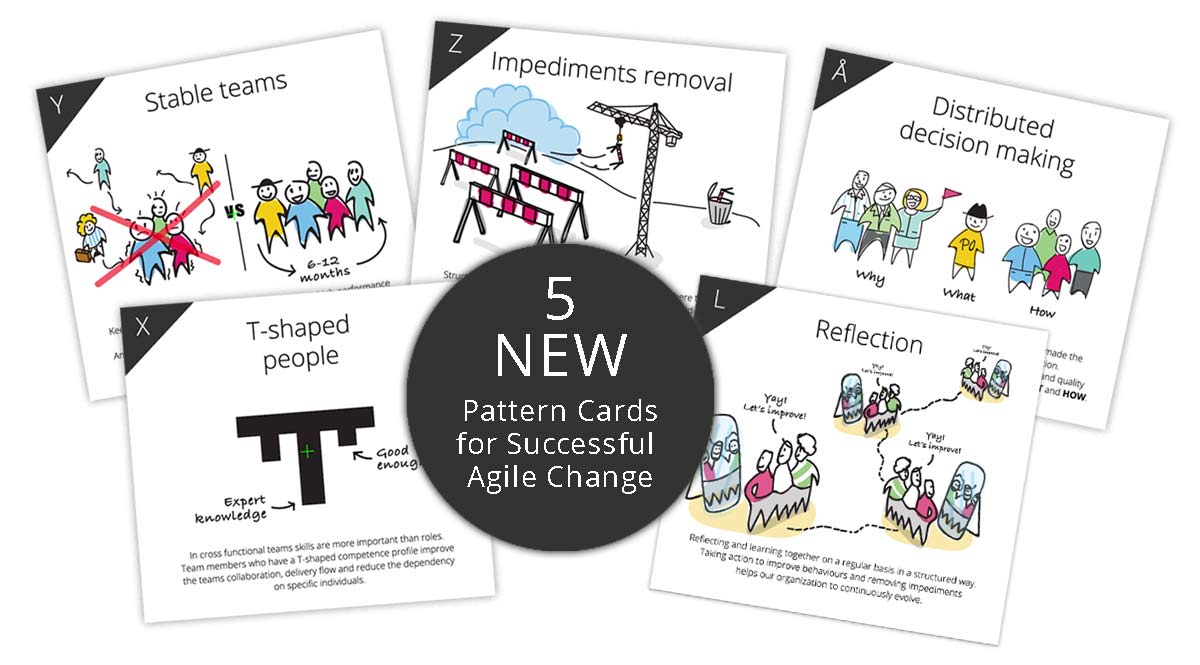
 Det är i den andan jag själv vill se den artikel som Catrin Brodin tillsammans med ett tjugotal av oss som arbetar med förändringsledning har skrivit.
Det är i den andan jag själv vill se den artikel som Catrin Brodin tillsammans med ett tjugotal av oss som arbetar med förändringsledning har skrivit. 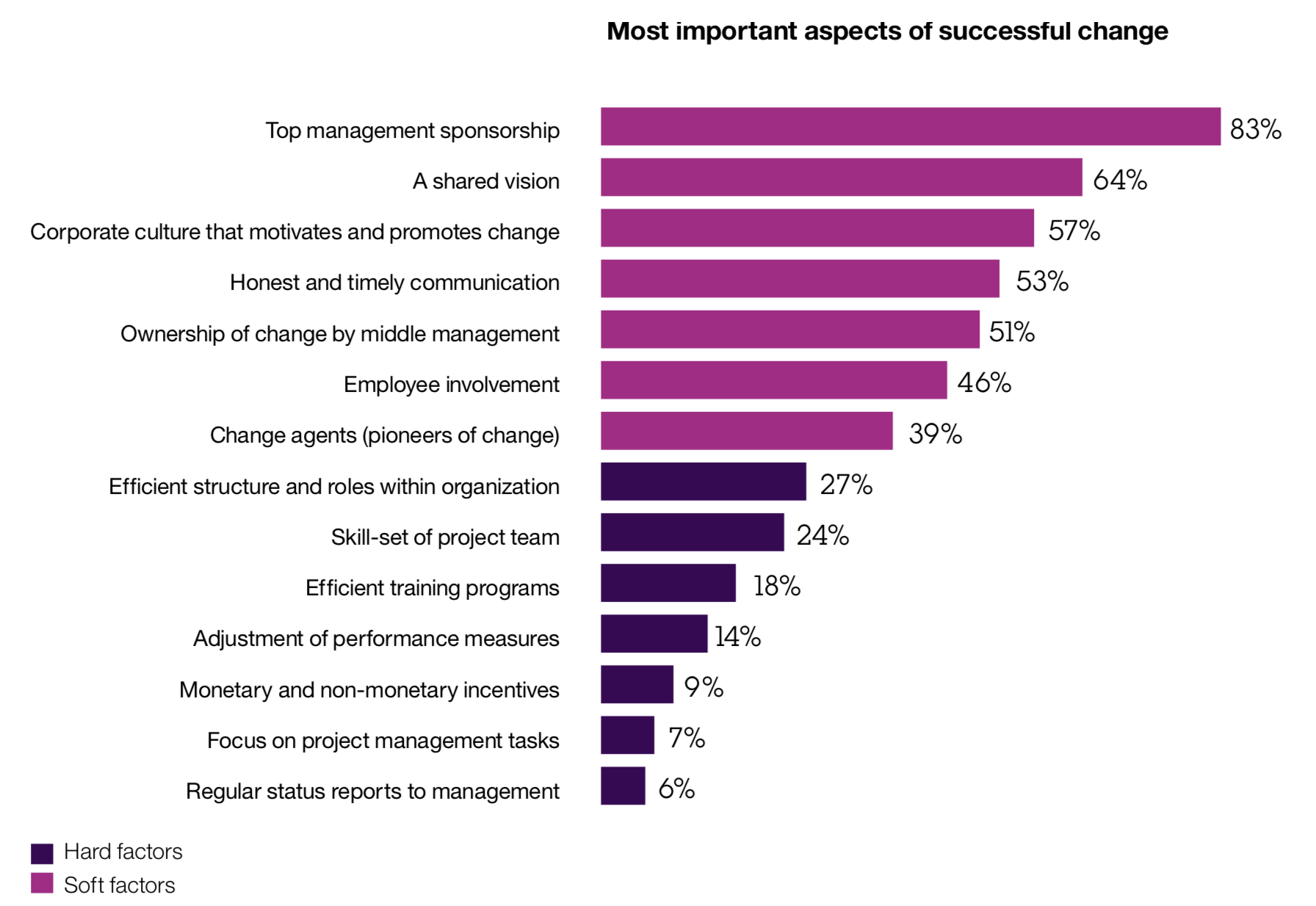 Även i andra länder där det istället heter Walpurgisnacht eller Saint Walburga’s Eve hittar vi dessa problem. Två internationella undersökningar visar att nyckelfaktorerna för framgångsrik förändringsledning inte skiljer sig åt mycket eftersom det är samma utmaningar vi alla behöver hantera.
Även i andra länder där det istället heter Walpurgisnacht eller Saint Walburga’s Eve hittar vi dessa problem. Två internationella undersökningar visar att nyckelfaktorerna för framgångsrik förändringsledning inte skiljer sig åt mycket eftersom det är samma utmaningar vi alla behöver hantera. 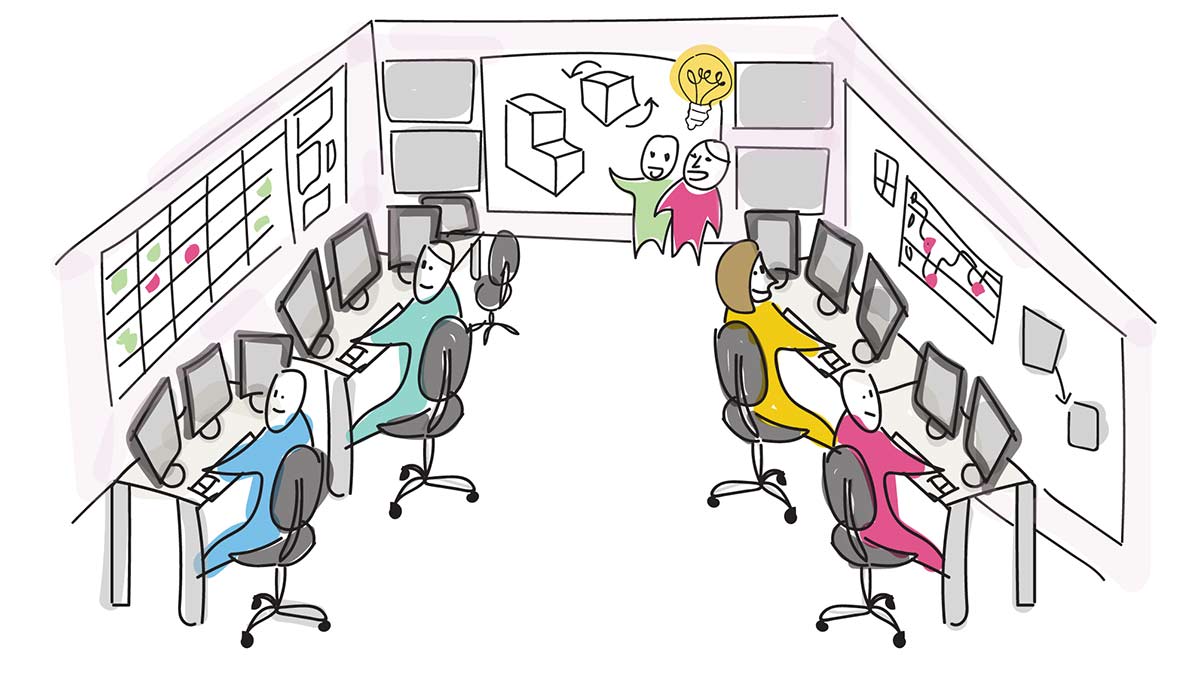 There is a an increasing trend in big companies and organizations to go Agile, and of course that is awesome in my opinion. What is really confusing though, is that many of the same companies and organizations also decide to change to activity based seating. This is really confusing in many ways, since it will bring contradictory behaviors than what you are looking for when working Agile, and in the short – and long run, make the company fail to go agile.
There is a an increasing trend in big companies and organizations to go Agile, and of course that is awesome in my opinion. What is really confusing though, is that many of the same companies and organizations also decide to change to activity based seating. This is really confusing in many ways, since it will bring contradictory behaviors than what you are looking for when working Agile, and in the short – and long run, make the company fail to go agile.